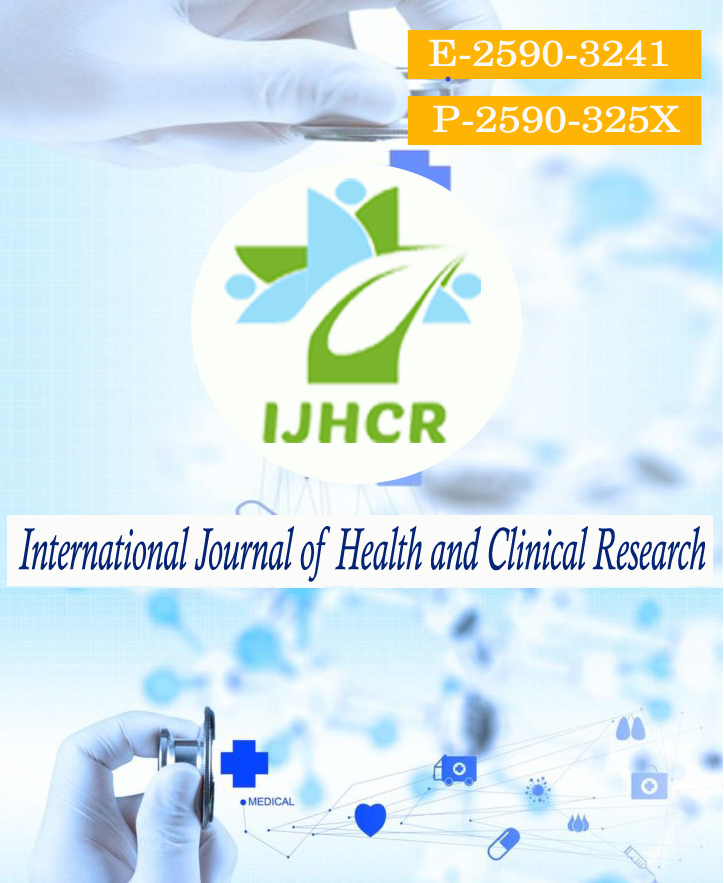A study of vitamin D levels in critically ill children
Keywords:
Critically ill; 25-hydroxyvitamin D3Abstract
Objectives:
1. To assess the correlation between Vitamin D levels and critical illness.
2. To study correlation between Vitamin D and risk of mortality through PRISM III criteria.
3. To study demographic details associated with Vitamin D levels.
Methodology: A prospective observational hospital based study was conducted over a period of 18 months in 100 critically ill children fulfilling the inclusion criteria. The samples were used for Vitamin D estimation using Electro-Chemiiluminescence and Vitamin D levels were classified as per the Endocrine Society recommendations. Results: In our study, there was statistically very highly significant association between PRISM score with vitamin D deficiency.There was statistically very highly significant association between PRISM score with outcome (P<0.001).The deficiency was associated with increased length of stay in the ICU. Vitamin D deficiency is frequent in critically ill children, and it is related to both morbidity and mortality. Conclusion: Variables from this short study showed statistically significant associations between severity of critically ill children and serum vitamin D levels(p<0.001). Health education on the importance of sunlight exposure of young children should be reinforced in mothers and the general community. Vitamin D supplementation should be advocated in order to prevent the morbidity and mortality secondary to critically illness, which globally contribute to morbidity worldwide.
Downloads
Published
How to Cite
Issue
Section
License
Copyright (c) 2022 Sharangouda.Patil, Basavaraj.Patil, Sharan Deshmukh, Pallavi.I

This work is licensed under a Creative Commons Attribution 4.0 International License.






 All articles published in International Journal of Health and Clinical Research are licensed under a
All articles published in International Journal of Health and Clinical Research are licensed under a 